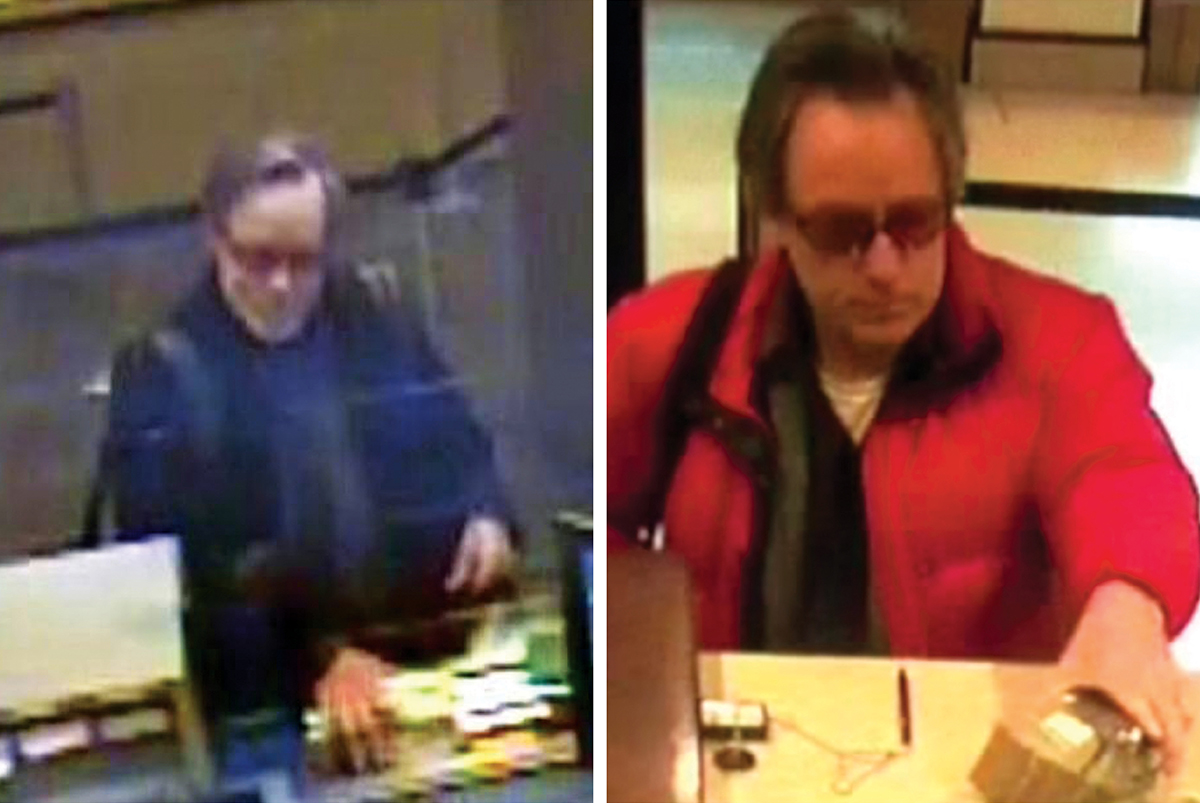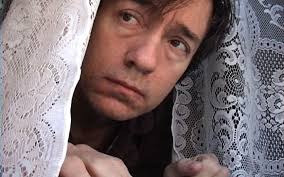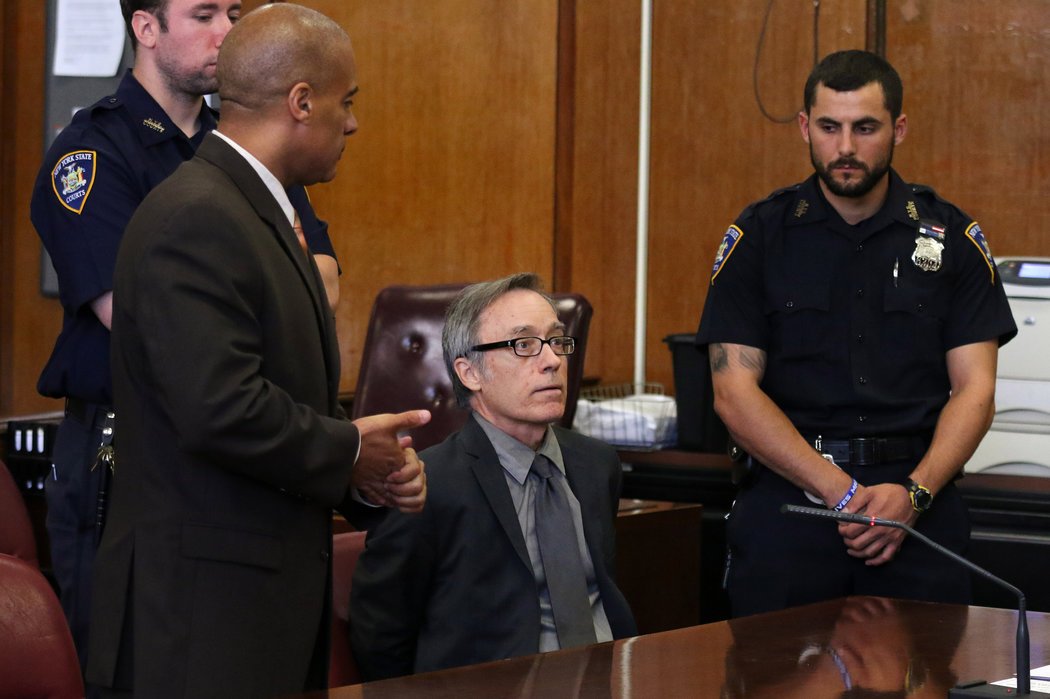
For many years, artists have been dabbling with crime in the name of art or to create an art piece. However, Joseph Gibbons, a former MIT lecturer and filmmaker, seems to have taken this idea to the extreme. He is a performance artist who specializes in autobiographical confessionalism. He uses his own life as a “source of material” and experimentation. His passion in his art is exploring the boundaries between fact and fiction. In the past he has done things such as getting himself addicted to illicit drugs, and getting into voyeurism, all so that he could film something interesting. However, he reached a new level of risk-taking when he decided to rob a bank in broad daylight in the name of art. He filmed his robbery to try to get good footage for his upcoming movie. To the artist, this kind of performance art is essential for creating meaningful pieces, however, it breaks the law regardless of the intentions.
Joseph Gibbons committed his bank robbery on New Years Eve at 2pm in Manhattan. He entered a Capital One Bank and gave a note to the bank teller stating “THIS IS A ROBBERY. LARGE BILLS. NO DYE PACKS / NO GPS.” The bank teller gave him about $1000 and he got away without a problem. He filmed the entire robbery to get the footage he desired. However, security cameras caught the entire bank heist on camera and they ended up arresting him about a week after the incident. The district attorney’s office charged Gibbons with third-degree robbery, fourth-degree grand larceny and fourth-degree possession of stolen property. Later, prosecutors recommended that he plead guilty and receive a sentence of one to three years in prison. Therefore, he pleaded guilty and received 1 year in prison. Interestingly, in court, when he was asked by the judge for an explanation for the crime, he said “No, I have nothing to say, your honor.” This is because the robbery was entirely on purpose and worth the risk for him. According to Gibbons, “It’s not a crime, it’s artwork.” Therefore there really was no explanation to tell the judge that would make sense to her. His own explanation of it being an artwork instead of a crime is enough for him. To most people, this kind of performance art is completely insane.
While many people see committing crimes in the name of art as immoral and unnecessary, some disagree and actually praise Gibbons. After his imprisonment for the bank robbery, some people in the art world decided to raise money for him. For example, the Light Industry (a venue for film and art) put on a benefit for Gibbons and an Indigogo campaign in order to support him during his “ really tough time” and ended up raising $8,799 for his benefit. For these people, they wanted him to persevere in his filming and “continue with his great contribution to the cinematic arts.” Also, to support Gibbons, cinema programs in cities such as New York, San Francisco, and Portland, Oregon, held screenings of his films, and donated the ticket sales to help him get back on his feet once he was released from prison. This support may come off as strange to many, as he is breaking the law and essentially imprisoning himself just to make a film. However, some see his actions as brave and inspiring.
Although many artists have entered the grey area of breaking the law for the sake of art, bank robbery is in its own category of crime. Performance and interventionist art test the law and make people stop and think. However, bank robbery is something that everyone knows is a flat out crime. There is no question whether or not you will go to jail if you rob a bank. However, if Gibbons did this for a film and essentially an experiment, should it be punished in the same way? This is an issue that these kinds of artists are facing. They are trying to go out-of-the-box with their art, however, they are being inhibited and restrained by our laws. For performance and interventionist artists, the government is actually hindering their creativity and artistic minds. For example, the London street artist, Banksy, toys with the law as he expresses his art through graffiti. His artwork demonstrates issues and makes people really think about them. His art is known for connecting with people and making a lasting impression on them. This is essentially a great and beneficial thing for society. However, law does not allow graffiti. This, in a sense, may keep Banksy from creating street art and speaking to the public about issues. His art is very temporary because of the law. Perhaps, the government should take intention into account. For example, Banksy’s intent may be to shed light on an important issue in society while a gang member’s intent for graffiti may be to promote his gang sign and eventually gang violence. The reasoning for the same crime committed is so different and maybe should be punished differently as well. In Joseph Gibbon’s case, his bank robbery was for his future film, rather than making a profit. This should be seen differently by the court than a bank robbery committed by a felon looking to get rich quickly. With this, however, comes the problem of knowing who is speaking the truth and the real intentions of each criminal. Anyone can say they are committing a crime in the name of art. This is why this topic has been argued about many times by the courts and the art community.
Gibbons film of him robbing a bank is a good example of using crime to create art. While his crime was more extreme than most other “art crimes,” he is taking a risk to make the most real art he can, much like the others do. The question is to what extent this art crime should be punished and how differently should he be treated in comparison to a conventional criminal. While he is breaking the same law and doing the same things, it is for a completely different intention.







